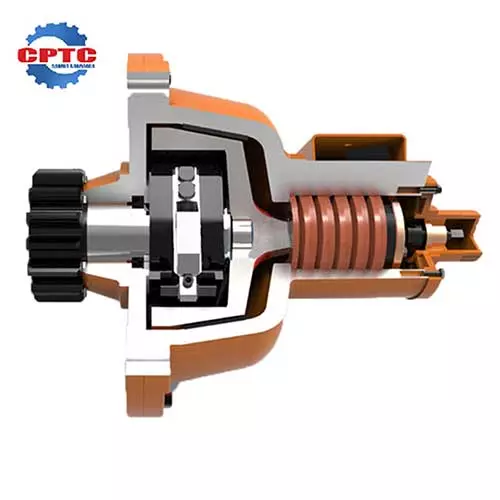
The short answer is that while both tasks require immense strength, they have different priorities, leading to the use of different types of synthetic fiber ropes. The era of steel cable and natural fiber rope is largely over, replaced by high-tech materials that are stronger, safer, and more versatile.
Let's break down the best choices for each application.
For Hoisting Equipment: The Synthetic Winch Line
When lifting valuable and heavy equipment, the primary concerns are strength, safety, and minimal strain.
The Champion: Synthetic Winch Rope (Typically Dyneema®/SK-75 or AmSteel®-Blue)
This is the modern standard for hoisting, crane operations, and winching on industrial sites and recovery vehicles.
- Material: Made from Ultra-High-Molecular-Weight Polyethylene (UHMWPE). Common brand names are Dyneema® and Spectra®.
- Why it's the best choice:
- Incredible Strength:Pound for pound, UHMWPE rope is stronger than steel cable.
- Safety:Unlike steel cable, which stores massive amounts of energy and can snap catastrophically, synthetic rope has minimal rebound. If it fails, it simply drops to the ground, drastically reducing the danger to personnel.
- Lightweight & Easy to Handle:A 100-foot synthetic line is a fraction of the weight of its steel counterpart, making it easier to spool, carry, and inspect.
- Floats & Resists Corrosion:It floats on water and is impervious to rust and many chemicals, making it ideal for marine or harsh environments.
Key Takeaway: For hoisting equipment, a synthetic winch line made from UHMWPE (Dyneema/SK-75) is the superior, industry-preferred choice due to its strength-to-weight ratio and enhanced safety profile.
For Stabilizing Vehicles: The Recovery Strap
When stabilizing a vehicle on uneven terrain, securing a load on a trailer, or performing a kinetic recovery, the priorities shift to flexibility, elasticity, and shock absorption.
The Champion: Kinetic Recovery Rope or Tow Strap
These are specifically designed to stretch and store energy, which is exactly what you need for stabilization and safe vehicle recovery.
- Material:Typically made from Nylon or a Nylon/Polyester blend.
- Why it's the best choice:
- Controlled Elasticity:Nylon has a built-in stretch of around 10-15%. This elasticity acts as a shock absorber. When a stuck vehicle is being pulled, the strap stretches, storing kinetic energy, and then gently transfers that energy to help "bounce" the vehicle free. This is far smoother and safer than a rigid pull.
- Durability & Abrasion Resistance:Recovery straps are often flat and woven, making them very resistant to abrasion from rocks and dirt.
- No Metal Hooks (Crucial!):Proper recovery straps have reinforced loops, not metal hooks. A metal hook under tension can become a deadly projectile if it fails.
Important Warning: NEVER use a non-stretch synthetic winch line (Dyneema) for a kinetic recovery pull. The lack of stretch creates a dangerous shock load, like a slingshot, which can break the rope, snap vehicle components, and launch deadly debris.
Comparison at a Glance
| Feature | Hoisting Equipment (Synthetic Winch Line) | Stabilizing/Recovering Vehicles (Recovery Strap) |
| Primary Material | UHMWPE (Dyneema®, AmSteel®-Blue) | Nylon or Nylon Blend |
| Key Characteristic | Low Stretch (High Modulus) | High Stretch (Controlled Elasticity) |
| Main Advantage | Ultimate Strength, Safety if Snapped | Shock Absorption, Kinetic Energy Transfer |
| Common Form | Round, Braided Rope | Flat, Woven Webbing Strap |
| Critical Use Case | Lifting, vertical winching | Kinetic recovery, securing unstable loads |
Final Verdict
Choosing the right rope is not just about strength—it's about matching the tool's properties to the task's physical demands
To hoist equipment: You need the static, immense strength of a UHMWPE synthetic winch line.
To stabilize or recover a vehicle: You need the dynamic, shock-absorbing power of a Nylon recovery strap or rope.
Always inspect your gear before use, follow the manufacturer's guidelines for working load limits, and prioritize safety above all else. Using the correct rope ensures not only the success of your project but also the protection of your equipment and, most importantly, your team.